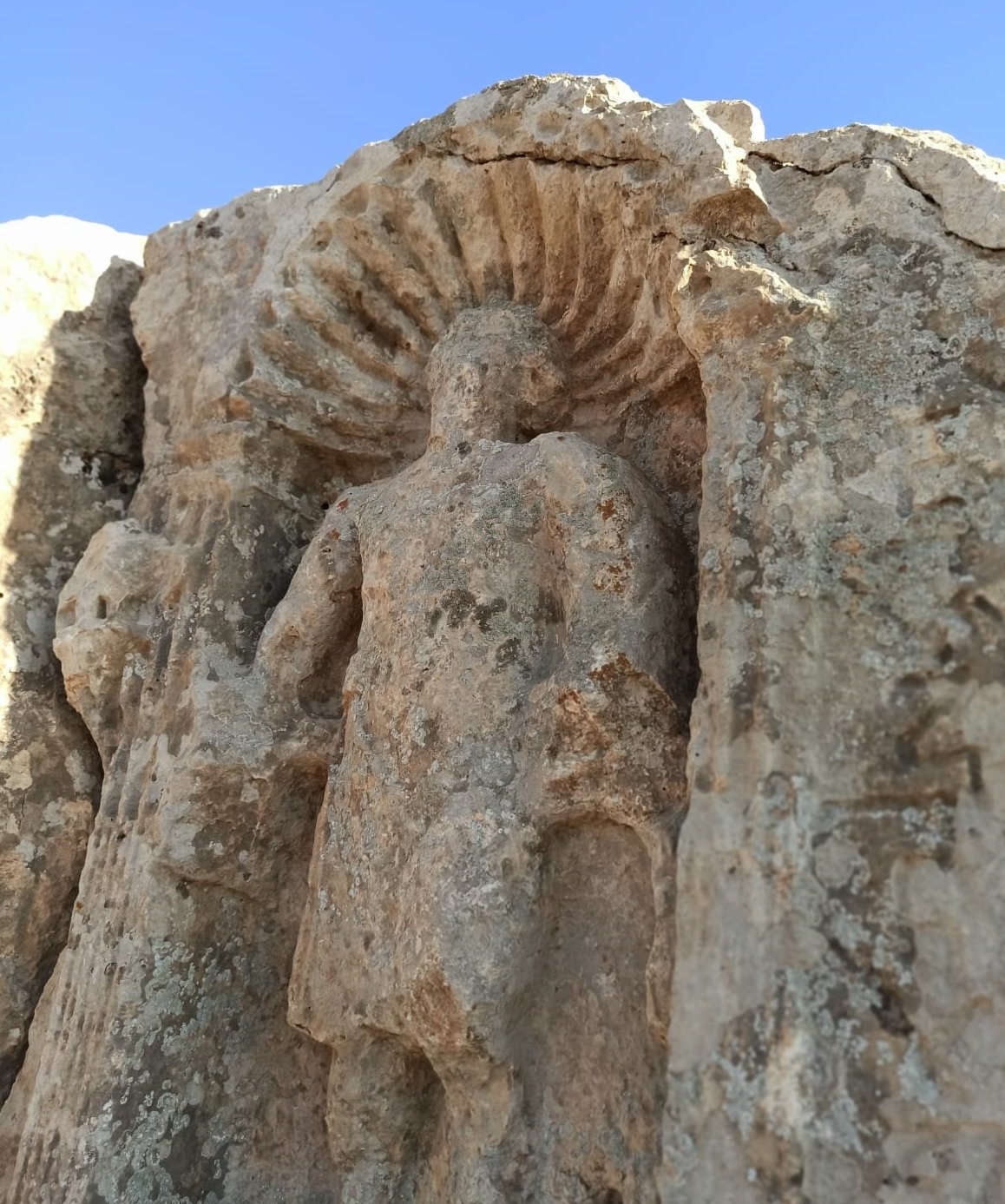© Turkuvaz Haberleşme ve Yayıncılık 2024
The ancient city of Soğmatar attracts the attention of local and foreign visitors with its historical wells, rock tombs and reliefs in southeastern Şanlıurfa province, described as the “city of prophets.” Rumour has it that Moses, a sacred figure in Abrahamic religions, escaped from the pharaoh and lived in this ancient city, which is located some 80 kilometers (50 miles) away from Şanlıurfa’s center.

It is said that Prophet Moses met his father-in-law, Prophet Shuayb, in this region. A mound of the ancient city, located in the middle of the village, dated to the Chalcolithic period and described as sacred, shows that Soğmatar was founded before the Common Era, and the remains of walls and bastions on the hill reveal that the mound was used as a castle for many years.
The ancient city, which houses hundreds of historical wells, rock tombs and reliefs, also attracts attention with its temples of the moon and sun gods. Şanlıurfa Regional Tourist Guides Chamber President Müslüm Çoban told Anadolu Agency (AA) that the ancient city of Soğmatar is one of the most important historical sites in the city.
Emphasizing that there are very interesting structures in the region, Çoban said: "Soğmatar is one of the most interesting and mysterious historical places in our city. There are separate temples in Soğmatar that are considered to be built for both stars and planets. In addition, there are reliefs and sculptures believed to have been made especially for the sun and the moon god. This ancient city is a center of attraction and stands out as a remarkable historical place, especially for astrologers. There are tourist groups coming to the region just for Soğmatar.”
Şanlıurfa Chamber of Commerce and Industry, Tourism Committee Chairperson Mehmet Kamil Türkmen also stated that the Soğmatar is an important center of polytheistic religions. Explaining that the excavations in the region shed light on history, Türkmen said: "A few years ago, a 5,000-year-old toy was found in this region. Hopefully, we will consider the region as a whole and develop the infrastructure in the future.”
